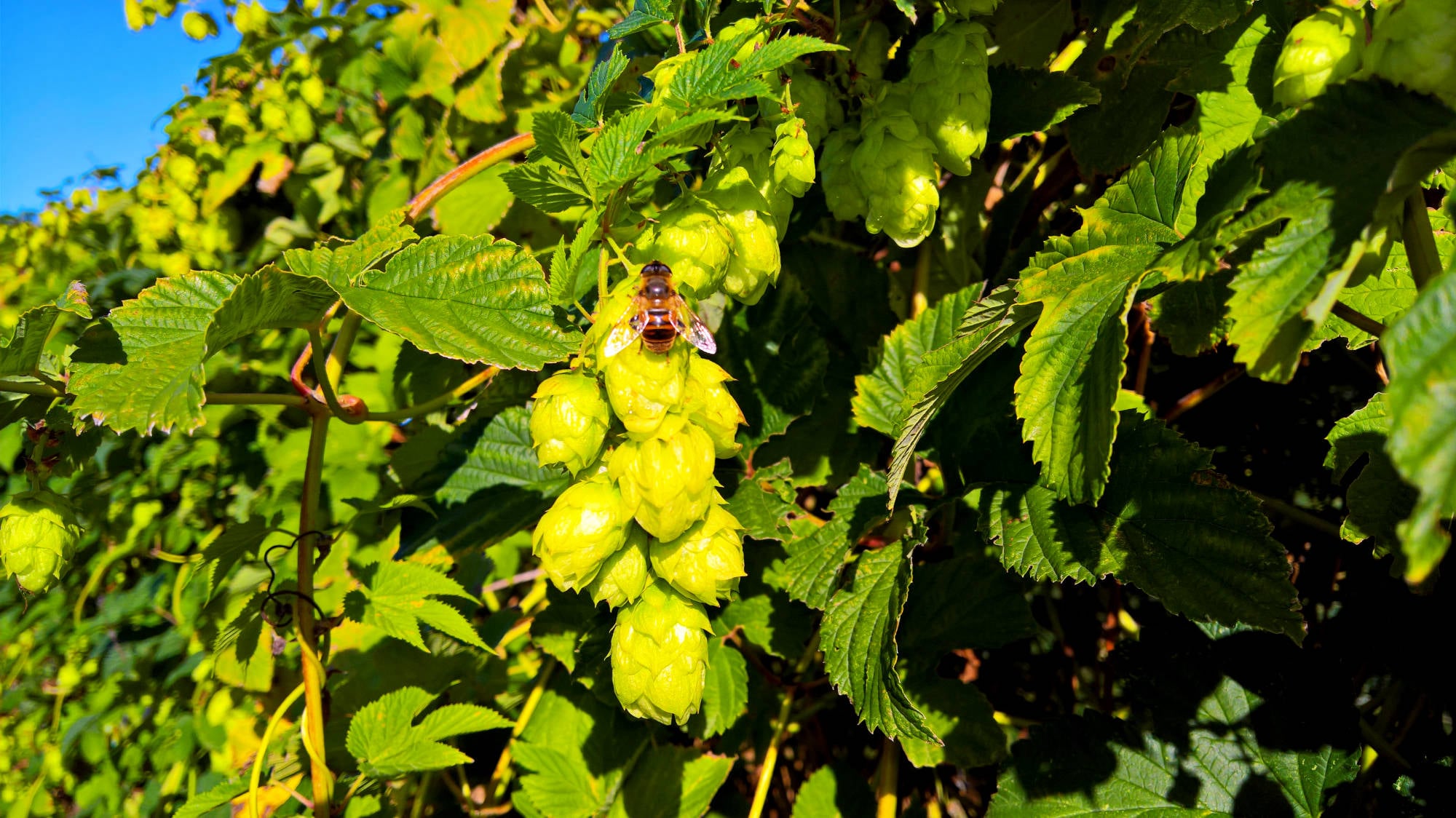

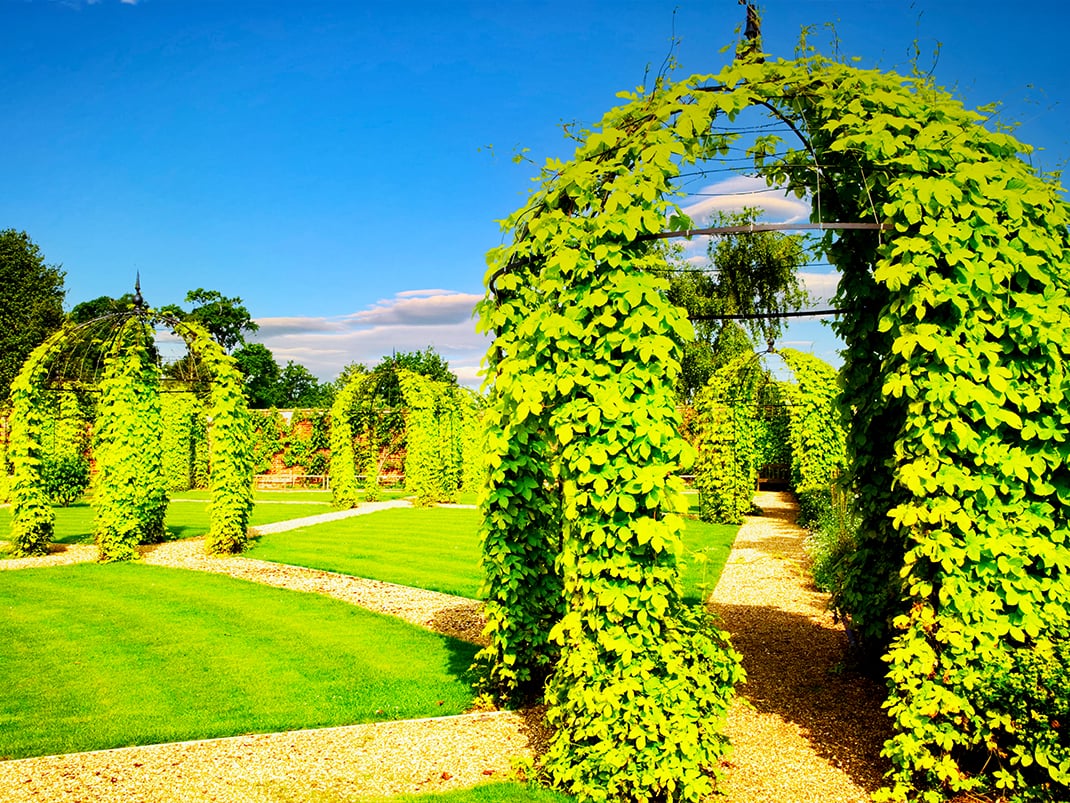
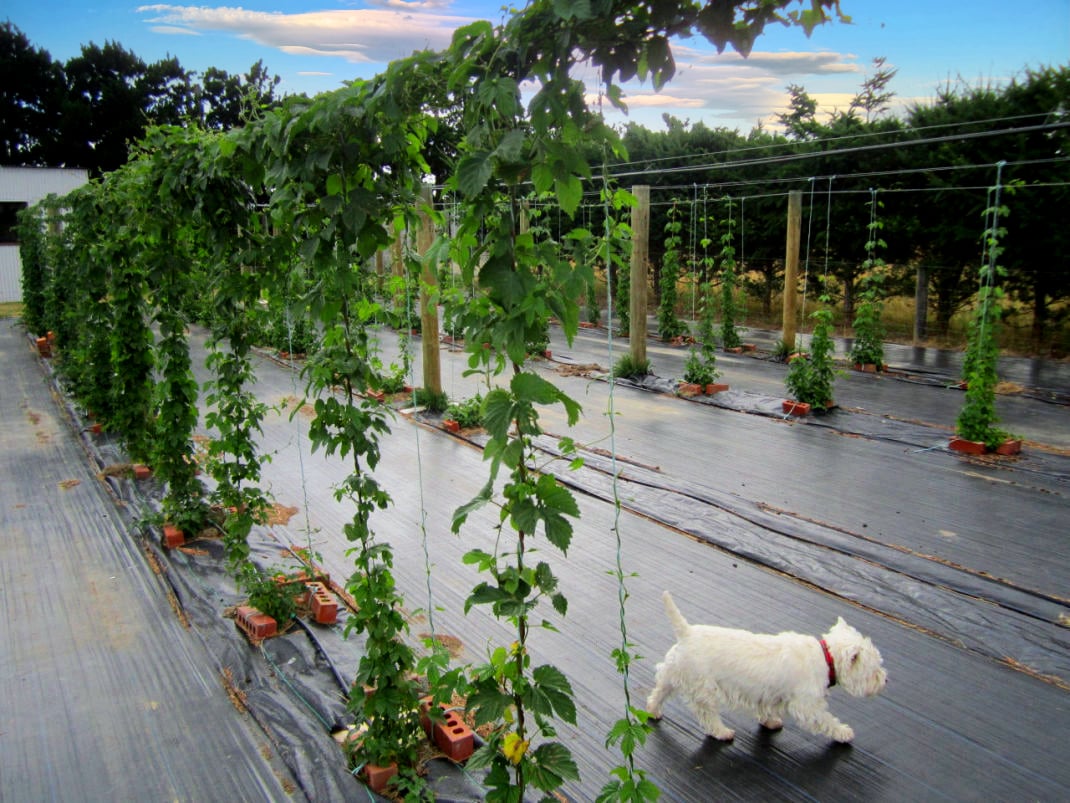
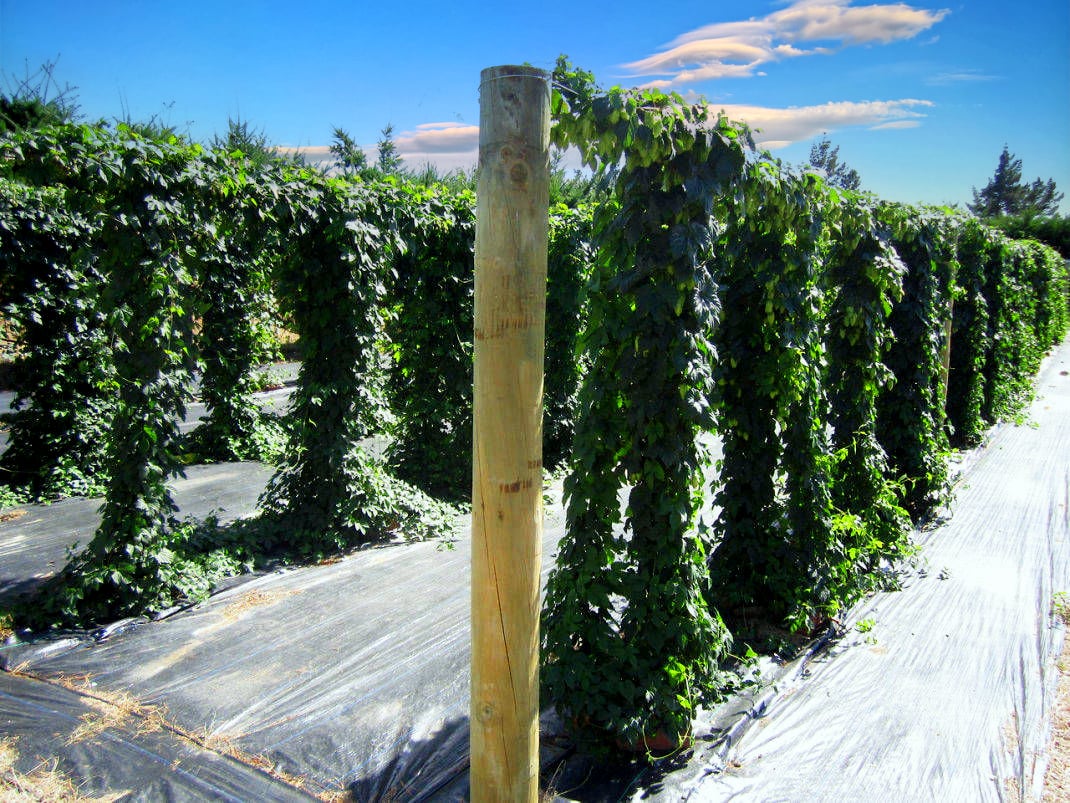
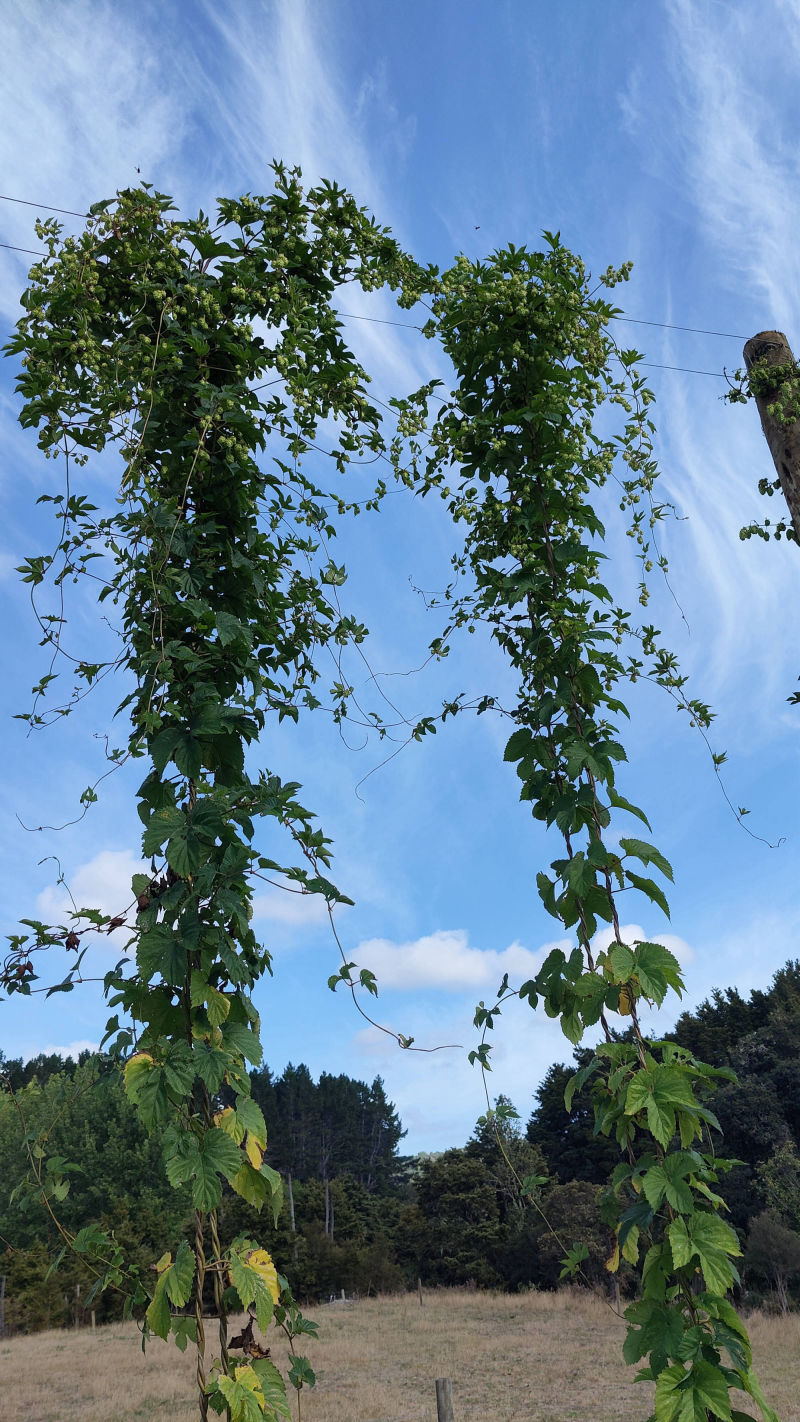


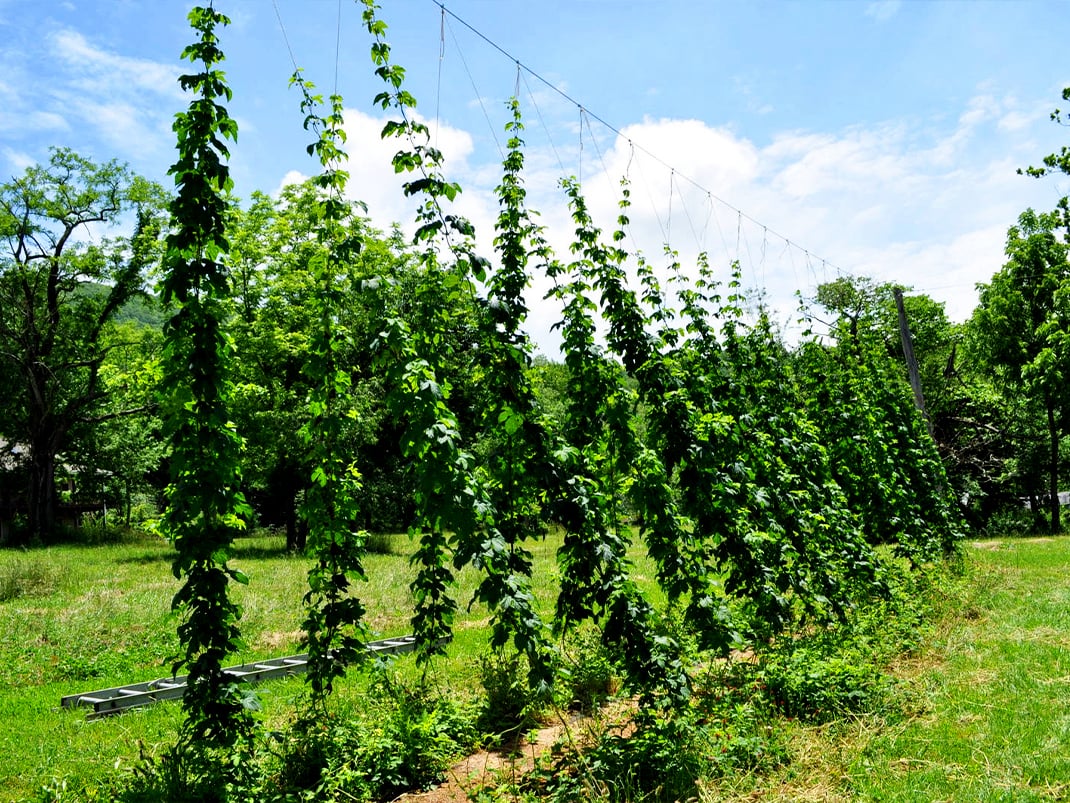

| NAME | (N) | (P) | (K) |
|---|---|---|---|
| Coffee Grounds | 2 | 0 | 1 |
| Wood Ash | 0 | 1 | 7 |
| Bone Meal | 4 | 20 | 0 |
| Grass Clippings | 3 | 1 | 2 |
| Feathers | 12 | 0 | 0 |
| Comfrey leaves | 2 | 5 | 6 |
| Seaweed | 2 | 1 | 5 |
| Kitchen Scraps | 1 | 1 | 1 |
| Leaf Mould | 1 | 0 | 0 |
| Egg Shells (crushed) | 1 | 38 | 0 |
| Hair & Fur | 14 | 0 | 1 |
| Wool | 10 | 0 | 1 |
| Human Urine (sterile when fresh) | 11 | 1 | 2 |
| Banana Skins | 0 | 4 | 41 |
| Tea Leaves | 4 | 1 | 0 |
| Worm Compost (made from kitchen waste) | 1 | 1 | 1 |
| Composted animal manure (Sheep, Cow, Horse)) | 1 | 1 | 1 |
| Dried Poultry Manure | 4 | 3 | 2 |
● GROWING GUIDE FROM MIGHTY HOPS MINNESOTA USA
● HOPS FOR NEW GROWERS - GROWING GUIDE FROM DPI, NSW, AUSTRALIA - (INCLUDES INFO & PHOTOS OF NZ HOP GROWING)
● BASIC HOP PHYSIOLOGY
● HOP HARVEST FACT SHEET